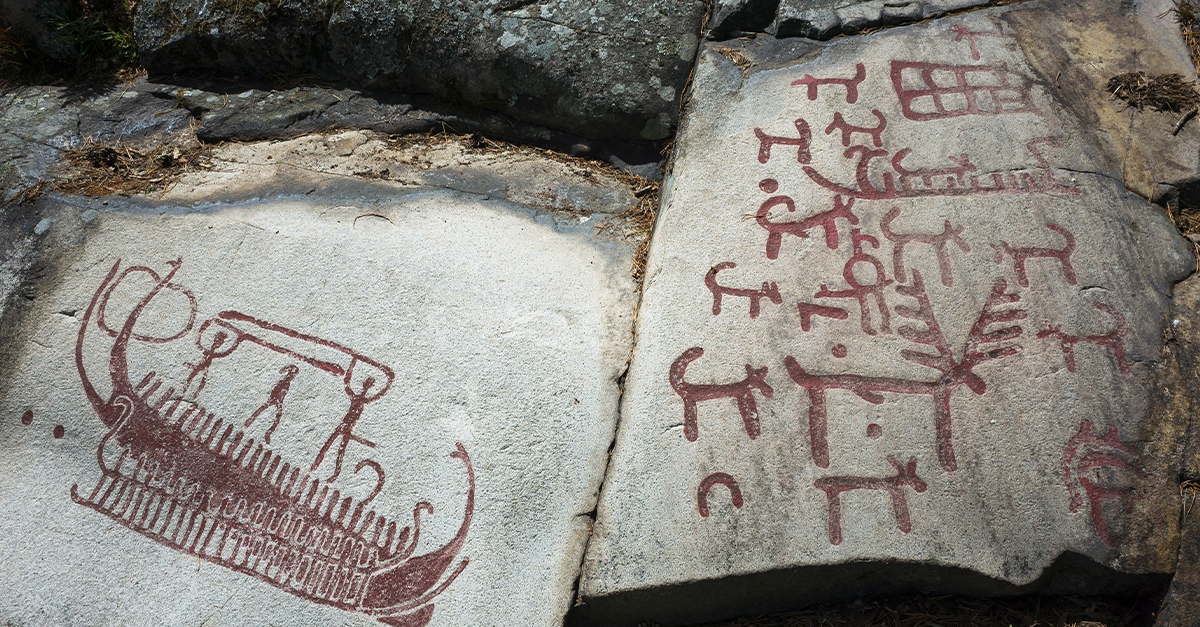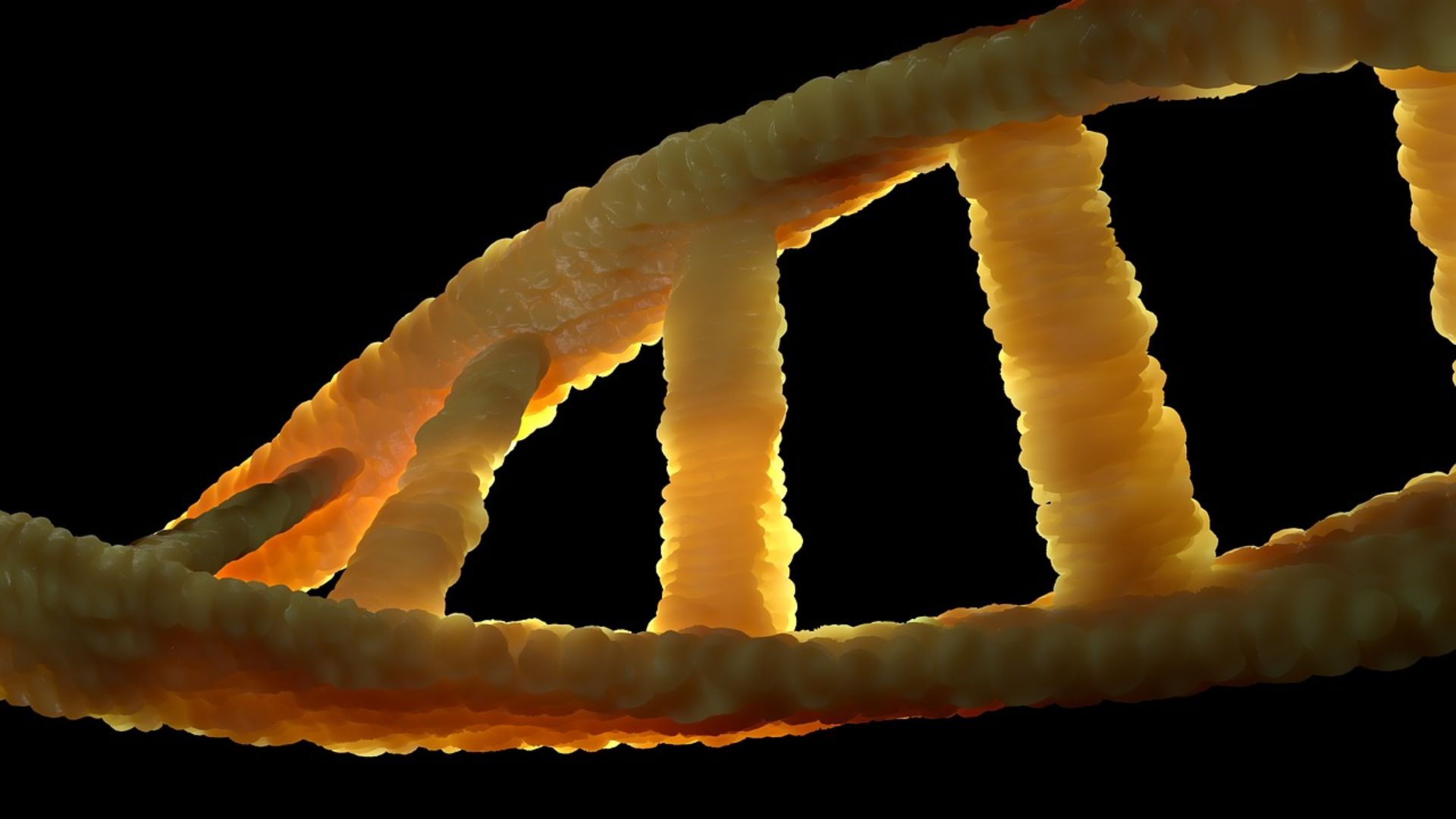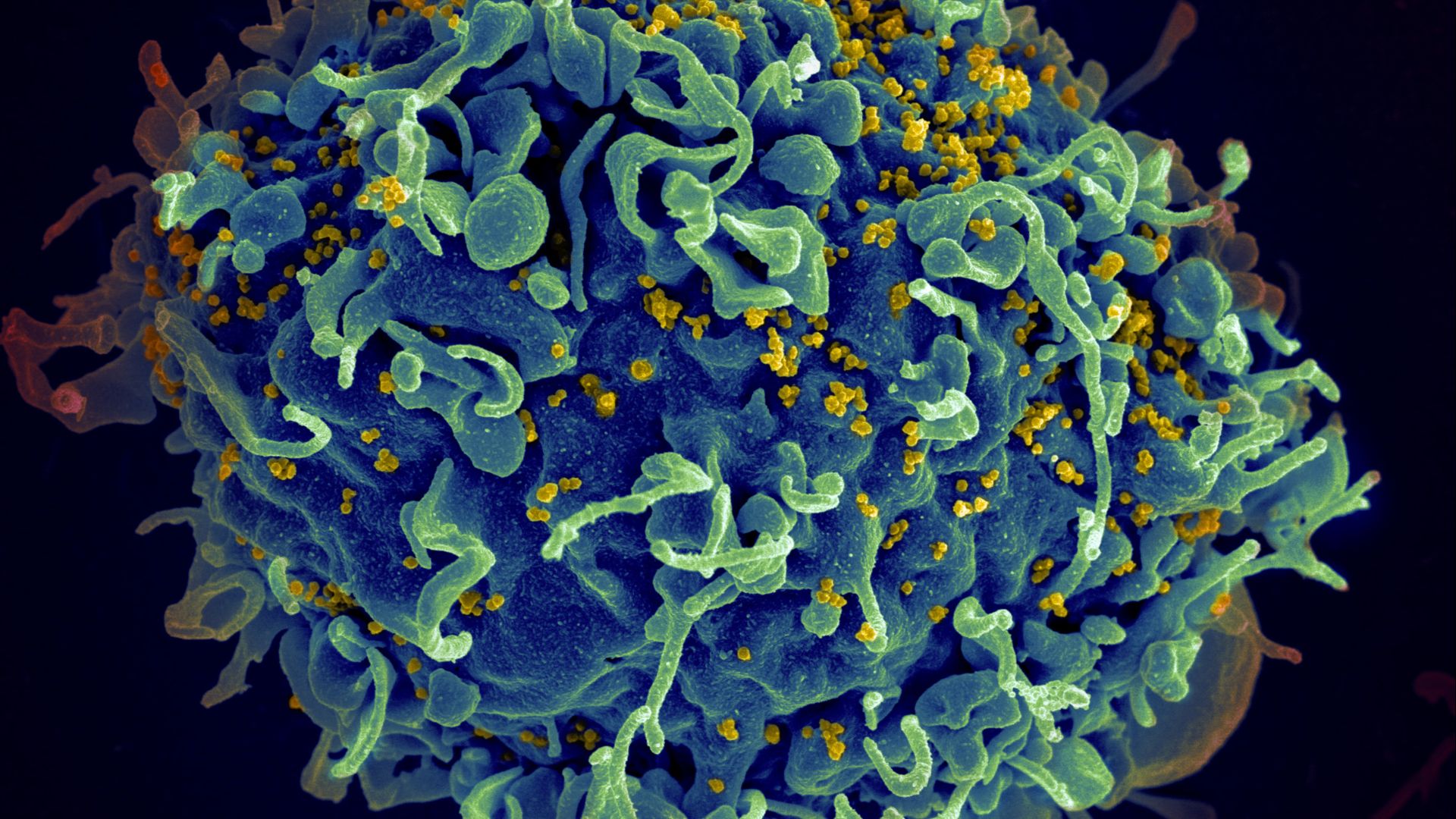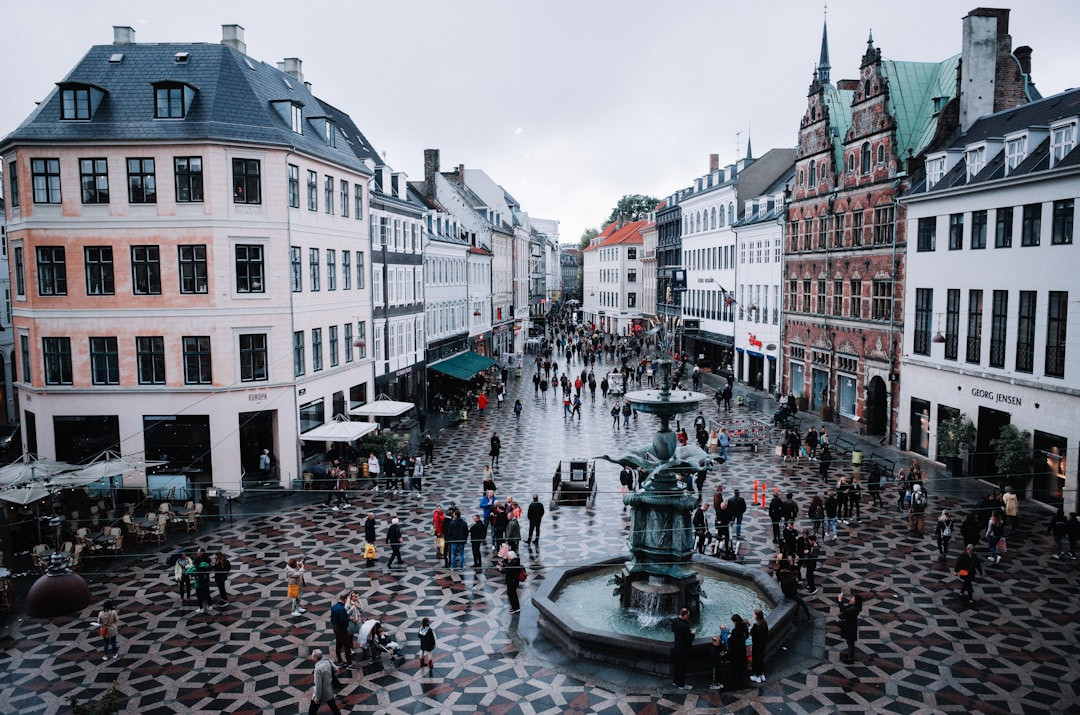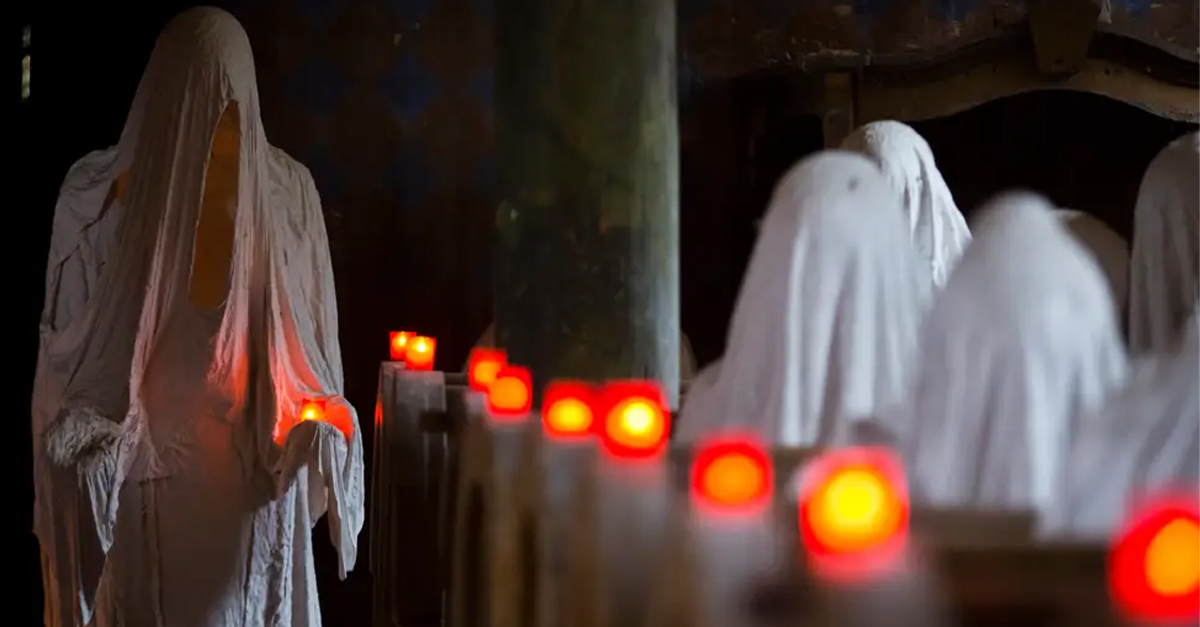Of Ancient Origin
Recent DNA research has traced the origin of a gene variant known as the CCR5‑delta32 mutation, which gives resistance to certain strains of the HIV virus. The study has located its origin in ancient populations living near the Black Sea and in Viking Age populations. The discovery has added immensely to our comprehension of ancient immunity, migration, and human adaptation across the ancient European hinterland.

What Is The CCR5‑delta32 Mutation?
The CCR5‑delta32 mutation is a 32‑base‑pair deletion in the CCR5 gene that disrupts an immune‑cell receptor used by certain HIV strains to enter cells. In less technical terms, the gene could give an individual resistance against HIV. While HIV is a modern virus, this mutation is several millennia old, which means that earlier disease pressures caused the gene to develop long before our own day and age.
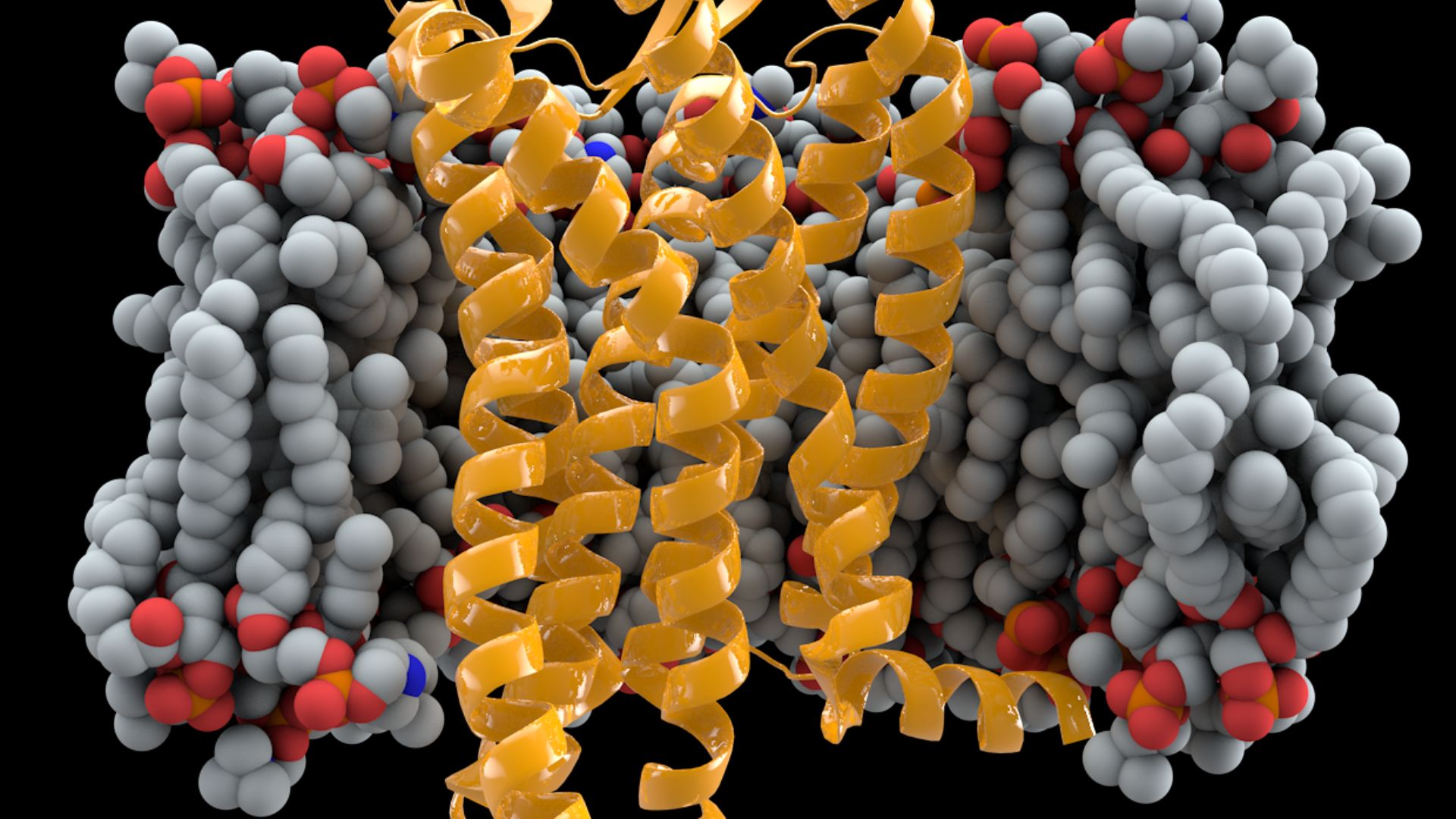 Thomas Splettstoesser (www.scistyle.com), Wikimedia Commons
Thomas Splettstoesser (www.scistyle.com), Wikimedia Commons
Tracing The Gene Through Ancient DNA
A 2025 genetic analysis of thousands of modern and ancient genomes pinpointed the mutation’s emergence around 9,000 years ago near the Black Sea. From there it spread gradually, appearing in later European populations, including those in Scandinavia.
Viking Age Genetic Context
Although the mutation predates the Viking Age, high frequencies found in Viking era DNA help show how Norse era migrations could have helped distribute the gene variant widely across Northern and Western Europe.
 none credited, Wikimedia Commons
none credited, Wikimedia Commons
Why This Matters To Archaeology And Travel
This discovery shows how immunity, migration, and ancient lifeways interact. For archaeology and history enthusiasts, Viking landscapes and Black Sea regions now represent key geographic points in the story of human immune evolution.
 Screenshot from Vikings: Secrets of the Vikings – The Viking Longship, National Geographic (2014)
Screenshot from Vikings: Secrets of the Vikings – The Viking Longship, National Geographic (2014)
Origins In The Black Sea Region
Genetic evidence locates the mutation’s origin among early agricultural and steppe populations near the Black Sea. This area served as a crossroads for migration, trade, and cultural exchange in neolithic times, helping disperse genes across Eurasia.
Viking Settlements As DNA Hotspots
Viking‑Age settlements across Norway, Sweden, Denmark, Iceland, and the British Isles contain DNA traces of the mutation. These findings highlight the mobility and influence of Norse populations across wide territories as they launched campaigns of conquest around Europe.
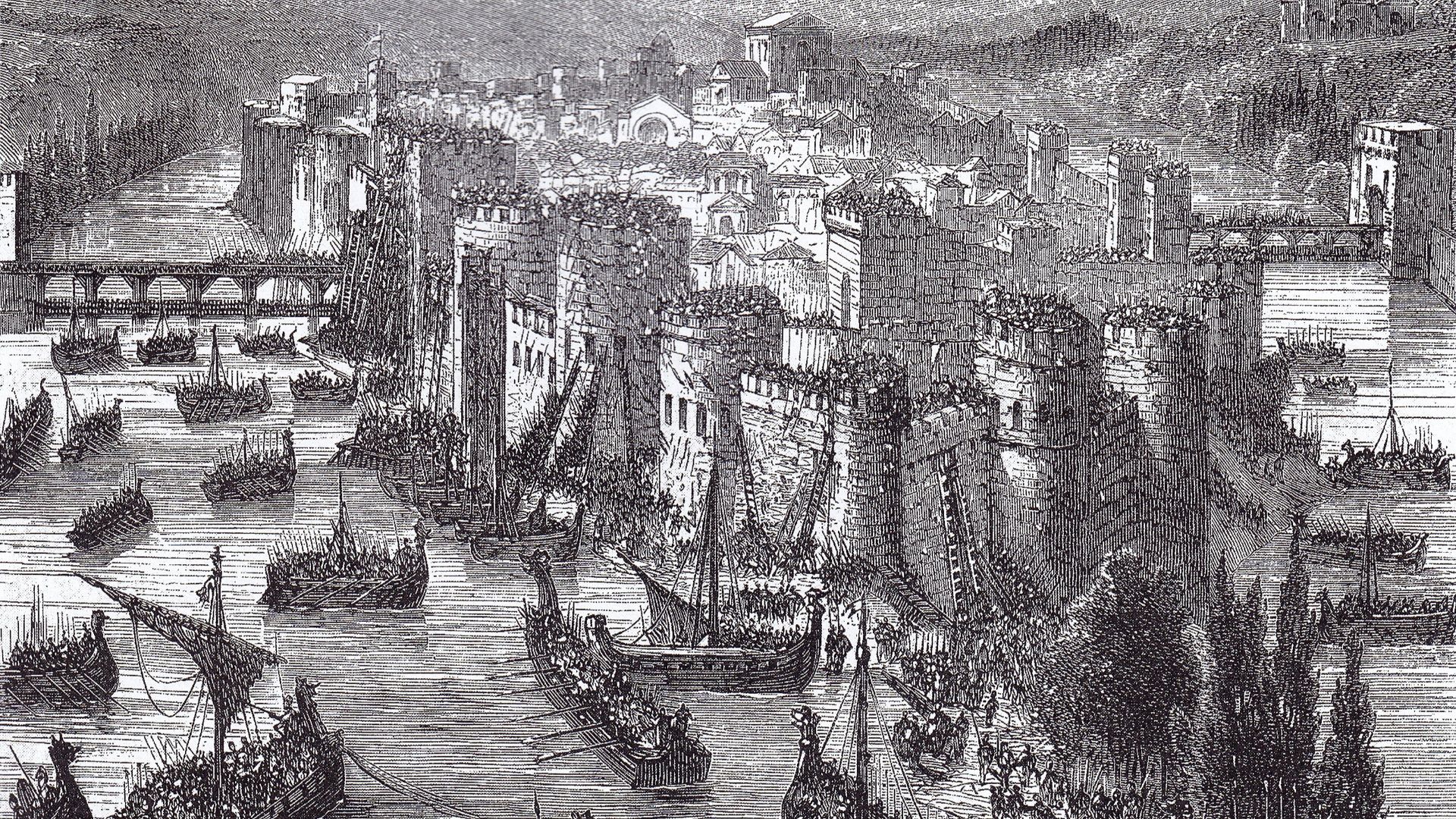 Unknown authorUnknown author, Wikimedia Commons
Unknown authorUnknown author, Wikimedia Commons
How The Gene Spread Over Millennia
The mutation remained rare for thousands of years, increasing sharply in frequency between 8,000 and 2,000 years ago. This rise suggests unknown epidemics or environmental pressures that perhaps gave carriers a survival advantage.
 Screenshot from Vikings: Valhalla, Netflix (2022-2024)
Screenshot from Vikings: Valhalla, Netflix (2022-2024)
Migration And Viking Mobility
Viking movement by sea connected distant regions in Europe. Their trading, raiding, and settlement patterns likely contributed to the dispersal of a whole host of ancient genetic traits, including CCR5‑delta32.
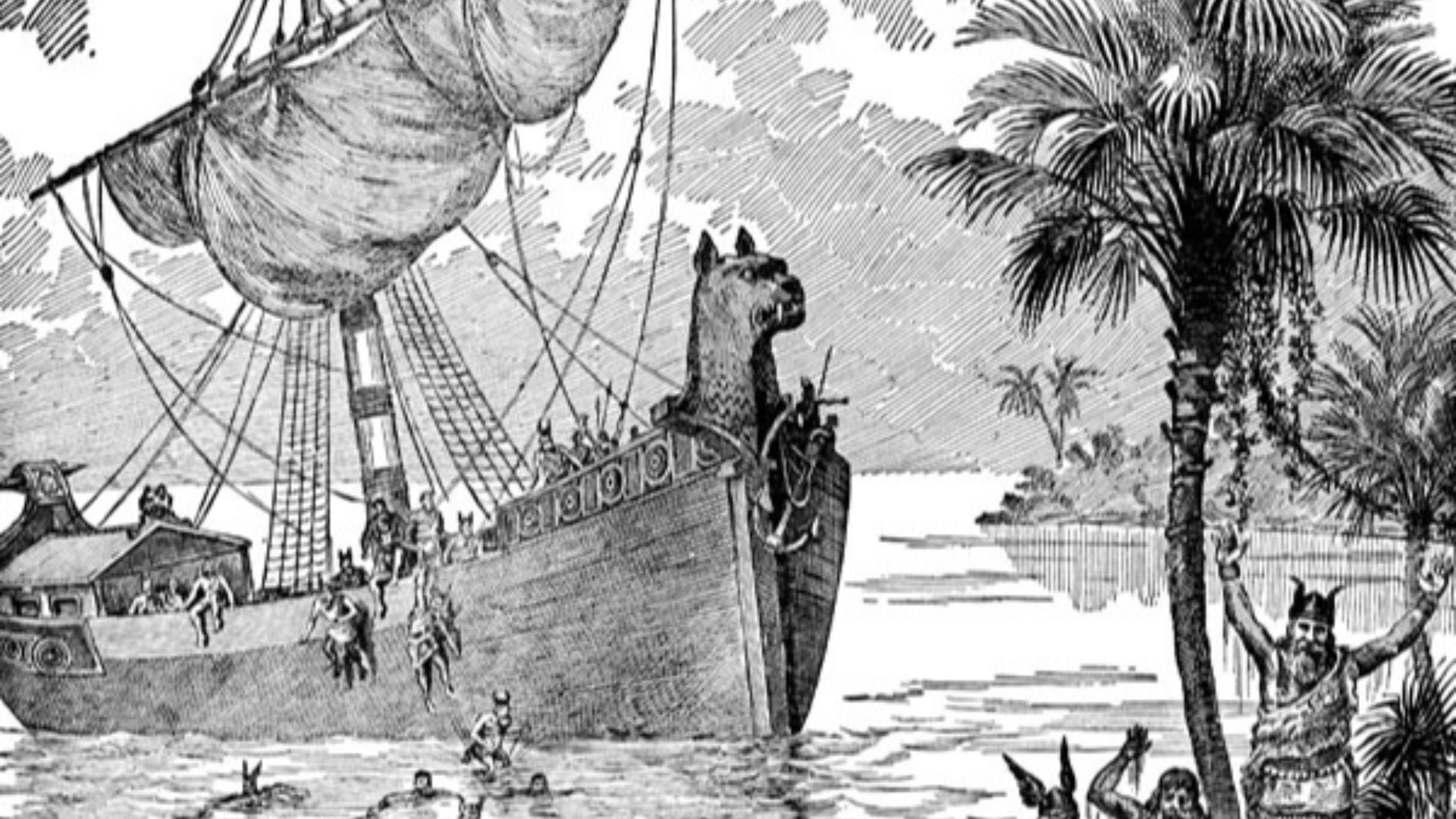 John Clarke Ridpath, Wikimedia Commons
John Clarke Ridpath, Wikimedia Commons
Genetics And Burial Archaeology
Ancient DNA studies extracted from Viking, Bronze Age, and even late Stone Age (neolithic) graves are showering us with new droplets of insight. Combining archaeology with genomics helps reconstruct ancient migrations, ancestry, and disease environments.
Modern Relevance Of An Ancient Gene
Although discovered in DNA many thousands of years old, the mutation is more relevant today than ever before because individuals with two copies have strong resistance to certain HIV strains. Understanding the deep origins of this DNA mutation could make a massive impact on modern medical research.
Unanswered Scientific Questions
The exact selective pressure that increased the mutation’s prevalence remains unknown. Past epidemics, maybe even smallpox‑related viruses could have driven its rise long before HIV arose to become the scourge that it is today.
Scandinavian Presence
About 18–25% of the current Danish population carries the CCR5-delta32 variant, which can make these people resistant or perhaps even immune to HIV. The discovery of the gene in DNA from 9,000 years ago will aid in understanding how the gene originated and the paths of different populations through ancient Europe.
The Research Team
The DNA research was done by a team from Copenhagen University led by Simon Rasmussen and Kirstine Ravn. These two and their team of genetic supersleuths have established that the gene mutation exploded through the human population between 8,000 and 2,000 years ago.
Where To Read More
For those undaunted by mind-boggling scientific terminology, you can read about it in more detail in the paper “Tracing the evolutionary history of the CCR5-delta32 deletion via ancient and modern genomes” in the journal Cell. There you can get a full breakdown of the discovery “straight from the horse’s mouth.”
Next Steps
Further research will expand sampling across other regions of Europe to determine which ancient pathogens may have driven the mutation and to better map how it spread through Viking Age and pre-Viking populations. We may be able to locate further sub-populations in Europe and elsewhere that carry the mutation.
 Nicholas Roerich, Wikimedia Commons
Nicholas Roerich, Wikimedia Commons
Ethics In Ancient DNA Research
Ancient DNA studies raise ethical concerns, including descendant rights, cultural sensitivity, and responsible handling of human remains. It’s important to be mindful of the sources of the raw material under analysis, whether it's DNA or any other form of forensic analysis.
Archaeogenetics As An Interdisciplinary Field
This discovery highlights the merging of archaeology, genetics, anthropology, and epidemiology. Such interdisciplinary work offers a fuller understanding of human adaptation across eras.
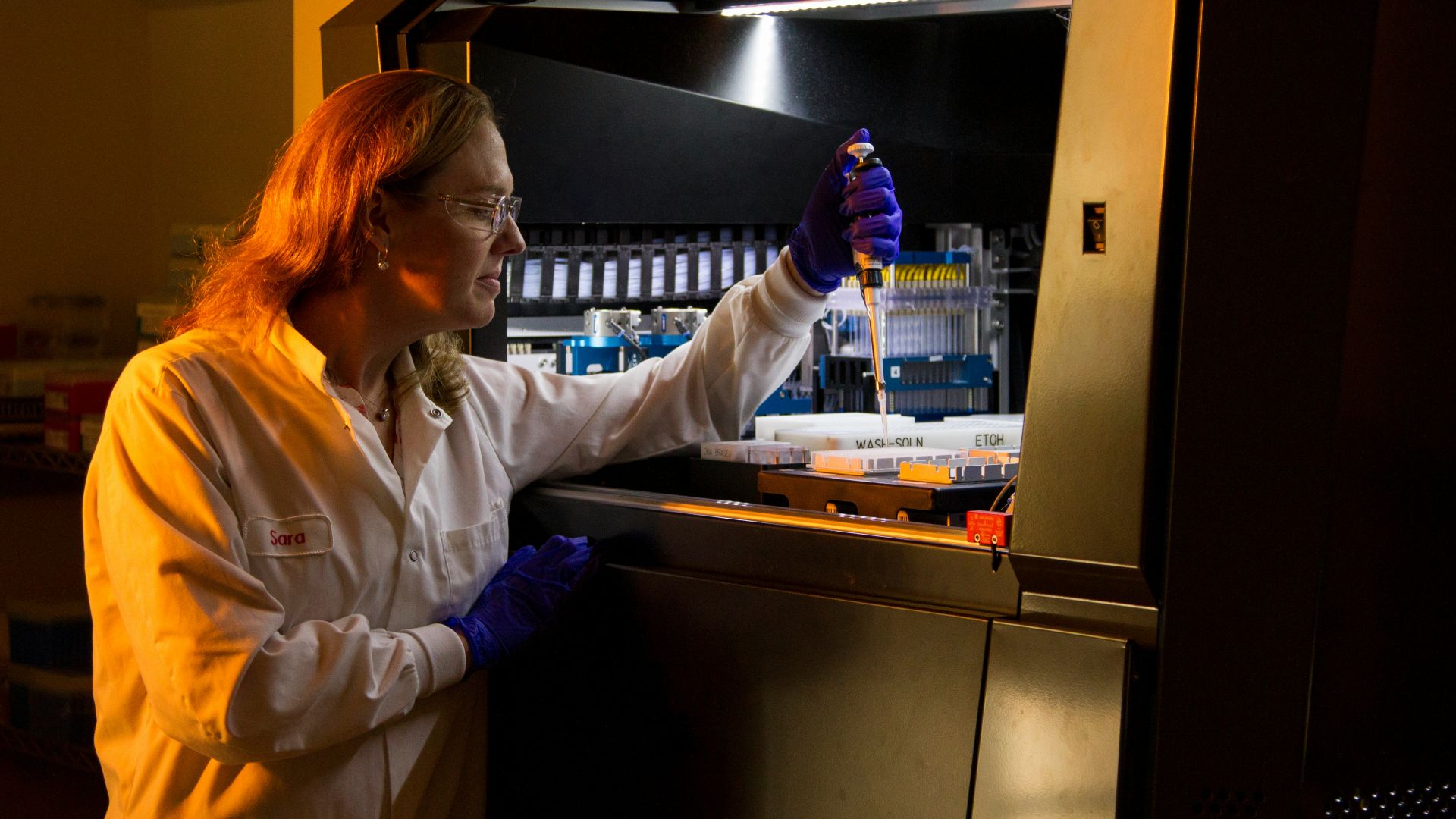 National Cancer Institute, Unsplash
National Cancer Institute, Unsplash
A New Way To Understand The Viking Legacy
Beyond myths of warriors and explorers, the Viking legacy includes genetic contributions still detectable today. The CCR5‑delta32 mutation adds a scientific dimension and medical contribution to their long list of historical exploits.
Ancient Mutation, Modern Insight
The 9,000‑year‑old CCR5‑Δ32 mutation links early Black Sea populations, Viking migrations, and present‑day immunity. This research shows how deeply human adaptation is tied to movement, environment, and history.
 Screenshot from Vikings: Valhalla, Netflix (2022-2024)
Screenshot from Vikings: Valhalla, Netflix (2022-2024)
You May Also Like:
Researchers carried out the first DNA study of the people of ancient Machu Picchu.

